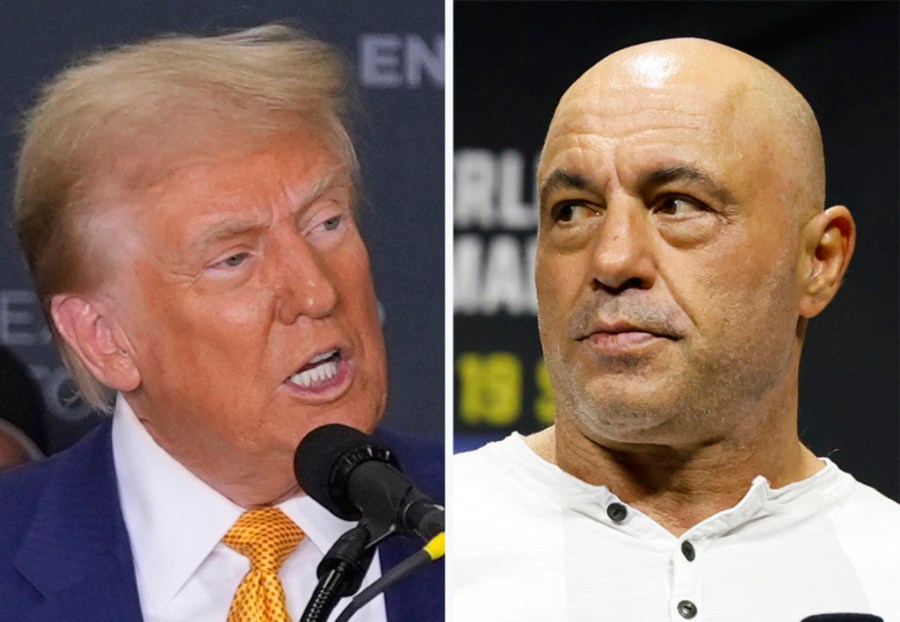
It’s not the first time Democrats (or Republicans) have taken a licking. And it’s not the first time technology has been blamed.
Before rushing to fund solutions to the latest technological deficit, it’s worth examining the lessons history teaches.
I’m old enough to remember a true debacle — the 1994 midterm elections. Republicans took control of the House for the first time in 40 years, turning 52 seats from blue to red. The GOP also picked up eight Senate seats, a net of 10 governor’s chairs and a bevy of state legislatures.
Newly ensconced Speaker Newt Gingrich (R-Ga.) and commentators across the political spectrum credited talk radio with the win. “[W]ithout talk radio shows…I don’t think we would have won,” he said.
In 1960, talk radio barely existed. Only two stations in the entire country offered talk formats.
By 1995, 1,130 radio stations devoted their programming to news and/or (mainly conservative) talk.
Fifteen to 20 million Americans a week were tuning into the format’s super-star, Rush Limbaugh, on 659 stations throughout the country.
Having identified the cause of defeat and convinced by Justice Louis Brandies that the remedy for evil speech is “more speech,” Democrats sought out the Limbaugh of the left and set about creating their own talk radio infrastructure.
It failed. Miserably.
Early attempts hosted by former Texas Agriculture Commissioner Jim Hightower and former New York Gov. Mario Cuomo lasted less than two years each.
Comic genius and future Sen. Al Franken (D-Minn.) worked with Rachel Maddow and others on a larger progressive radio network, Air America, which persisted for just six years.
These and other talented hosts attracted audiences of 1 to 1.5 million compared to Limbaugh’s 15-20 million.
2000 was a lesser, but still significant, blow to Democrats. Although he won the popular vote, Al Gore lost the Electoral College and the White House, while the GOP held on to the House and Senate.
A key culprit? Fox News Channel, introduced by Rupert Murdoch in 1996.
By 2000, 17 percent of adults reported watching the station regularly. Academics using sophisticated methods provided solid evidence that the conservative channel had convinced 3-8 percent of its viewers to vote Republican.
Fox too trounces liberal and mainstream competitors in viewership. MSNBC averages a total daily viewership of 521,000 while CNN averages 367,000 viewers. But Fox now averages more than 2 million viewers a day.
That’s right, Fox attracts more than twice as many viewers as CNN and MSNBC combined.
Last year the technological villain was podcasters and online (mis)information.
Trump’s inner circle boosted the role played by alternative media influencers as the president-elect’s friend and Ultimate Fighting Championship CEO Dana White used his precious minutes at the election night microphone “to thank the Nelk Boys, Adin Ross, Theo Von, Bussin’ With The Boys, and last but not least, the mighty and powerful Joe Rogan.”
Media executive Steve Johnston concluded “2024 will be remembered as the Podcast Election…”
According to Edison Research, 100 million Americans listen to at least one podcast a week.
Three-quarters of listeners trust the public personalities hosting these shows, many of whom are sympathetic to Trump’s politics. By appearing on their shows, Trump seemed to earn their endorsement and connect directly with their fans.
Edison estimates that Trump appeared on podcasts reaching about 23.5 million voting-age Americans, while Kamala Harris appeared on podcasts reaching only 6.4 million.
Already plans are afoot for new progressive podcasts and influencers.
But a simple lesson underlies each of these vignettes: Whether the medium is radio, cable TV or podcasts, it seems easier to build a conservative audience than a liberal one.
Part of the reason cuts to the core of the parties’ messages. Already in 1995, Bob Shrum labeled talk radio “the grievance network.”
The aggrieved outnumber the gratified.
Historian Yuval Noah Harari writes that YouTube and Facebook algorithms discovered the same pattern: “outrage drives up [online] engagement while moderation tends not to.”
Traditional conservative Republicans enjoy no outrage advantage over liberal Democrats. Boring politicians carrying on a substantive debate about “the issues” doesn’t drive outrage.
But Trump’s grievance machine drives more outrage than Democrats’ careful analyses of plans and policies.
Wharton marketing Professor Jonah Berger found that evoking high-arousal positive (awe) or negative (anger or anxiety) emotions makes content more viral. The right is more emotional, the left more analytical.
Berger also found that emotional volatility (switching emotional tones) leads to even greater virality. Liberals long dismissed Rush Limbaugh as a comedic entertainer, failing to understand that trafficking in both comedy and outrage was a secret to his success.
Never assume “If you build it, they will come.” It’s not just the medium or the message. Sometimes the audience requires examination.
Mark Mellman is a pollster and president of The Mellman Group, a political consultancy. He is also president of Democratic Majority for Israel.












